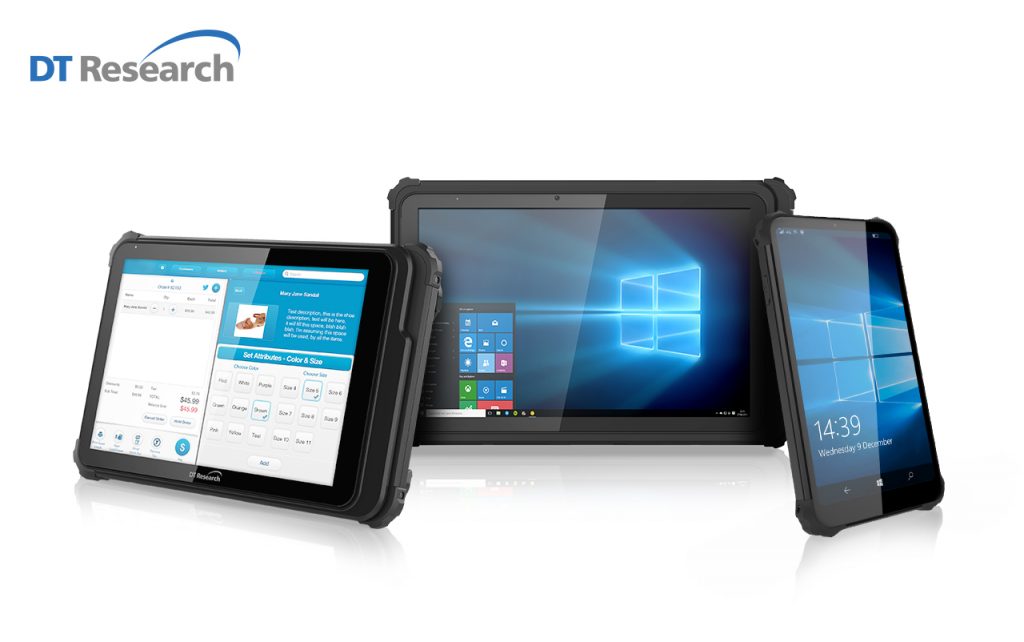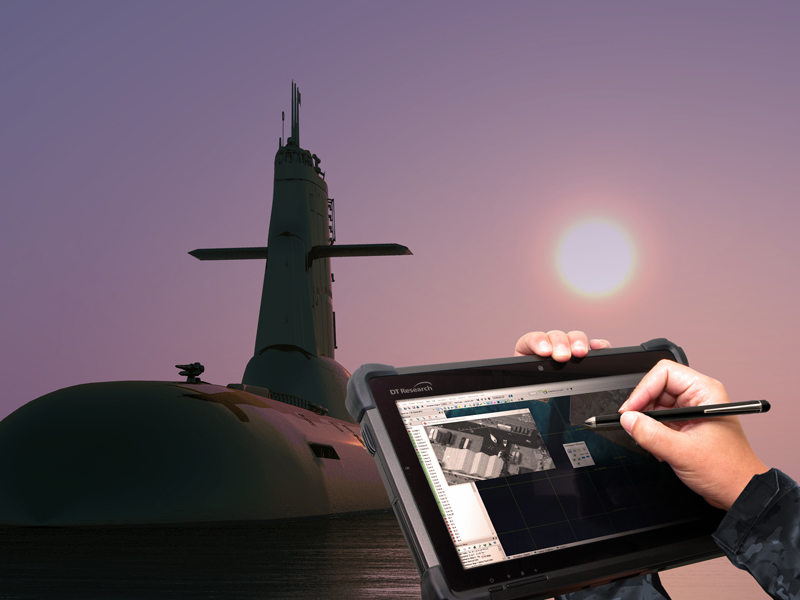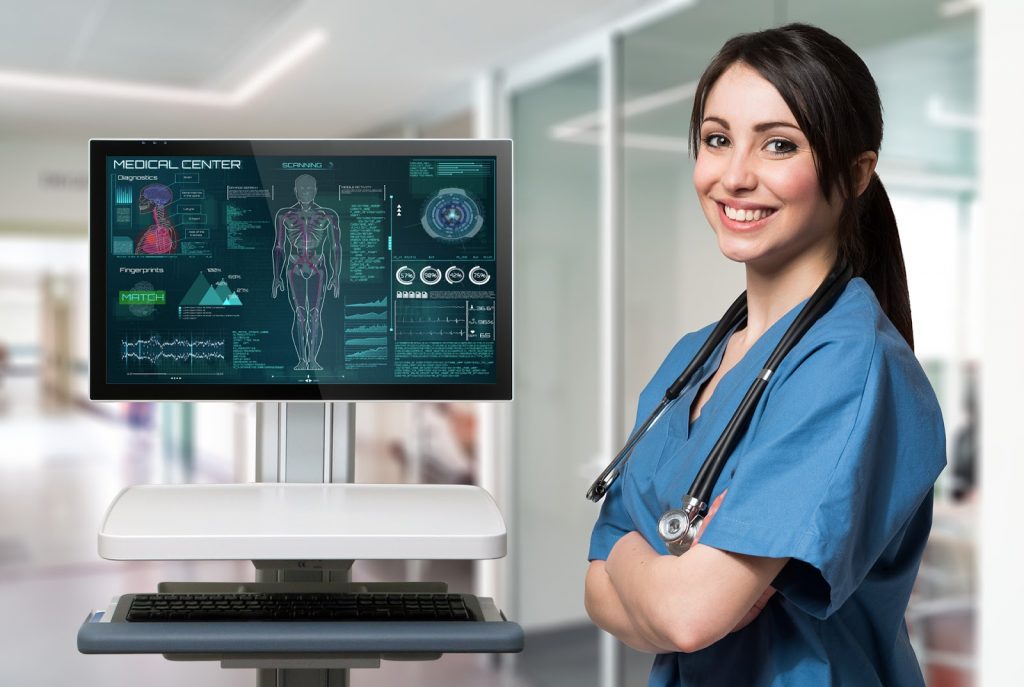
As the Holiday season approaches, businesses get busy. More customers are out and about shopping, eating, and enjoying the season. Its the perfect time of year for longer lines, extended customer wait times and entertainment with family. As businesses prepare for the season at hand, its important they have tough technology to match the demand.





